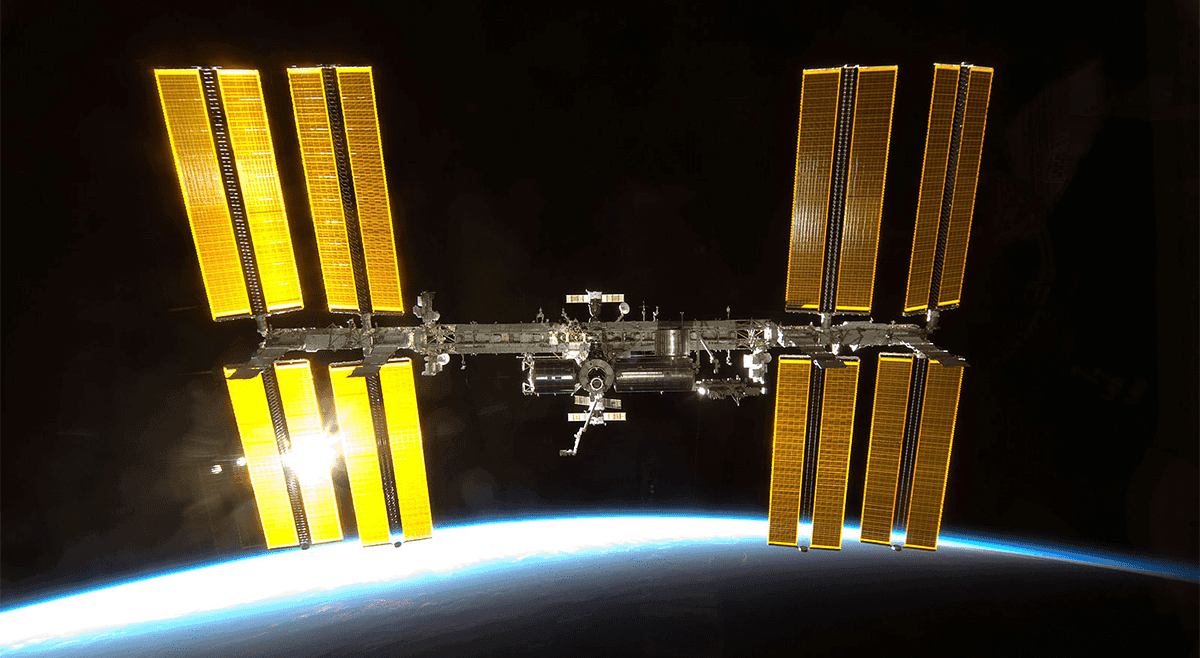Using astronaut DNA to learn about gene expression

You may have heard the story of astronaut Scott Kelly and the effects that his year aboard the International Space Station had on his body. Some reports claimed that space had changed his genes, but in reality the only thing that changed was the expression of his genes—his DNA is the same as before. So, what’s the difference between a “gene” and “gene expression”? Let’s explore.
We’ve previously described how information in DNA is used to build life: Genes are transcribed into RNA which then goes on to be translated into a protein. Putting it another way, a gene can be read and used to build a protein. When this happens, we say that the gene has been expressed.
Depending on many circumstances, genes can either be expressed or not expressed. There are more than 20,000 different genes in the human genome which produce a very diverse array of proteins. If all of these genes were expressed in every cell, it would be a waste of energy, resources, and space! Consider that some genes help build your eye by directing cells to make proteins that sense light, while other genes help build your pancreas with pancreas-specific proteins. You can imagine how problematic it would be if you produced the wrong proteins in the wrong place. To prevent this, your body has to have a way to control when and where each of our 20,000-plus different genes are used.
Eyes absent
The fly studies described here involved a particular gene known as eyes absent (eya for short). It was named this because of what happens when researchers prevent the eya gene from being expressed—the flies don’t develop eyes. Interestingly, the human version of eya shares many of the same properties but doesn’t seem to be critical for eye development3.
Nearly every cell in your body has the same set of genes. What differentiates your leg from your eye is the genes that are being expressed in those places. An extreme demonstration of this concept can be seen in flies that have eyes where their legs should be. As crazy as it sounds, this is a real thing1! Here’s how it works: To create an eye during embryonic development, specific genes need to be expressed. In order to make sure the eyes form in the right place, the fly embryo has to turn on the eye-forming genes in the right places. Even though every cell in the fly’s body has these genes, only the eye-forming cells express them. Researchers drove this point home by tricking the fly embryo into turning eye genes on in the leg-forming cells. Because these genes were being expressed—or used—in a new place, eyes were formed1.
Returning to Scott Kelly’s DNA, his time in space altered his gene expression—but importantly, it did not alter his genes. What changed was how much specific genes were expressed. This is not particularly surprising because gene expression is necessarily transient; your body only expresses genes when it needs to, and we know changes in your diet and other environmental factors (like being in space, for instance) can affect this.
Ready to start exploring your DNA?
The Journey starts here >
An example you may be familiar with is that of insulin expression in response to blood glucose. When we eat sugar and other carbohydrates, cells in the pancreas are prompted to release the insulin protein into the bloodstream. This action helps cells throughout our body uptake the sugars they need. Continually producing insulin when there isn’t sugar to take in would be problematic in many ways (such as dangerously low blood sugar levels), so our body has figured out how to control expression of the insulin gene in response to our diet2.
Epigenetics can modify gene expression
Exactly how gene expression is regulated is a complex topic that involves multiple independent mechanisms, and there are many forms of gene regulation that can occur (like the regulation of transcription factor binding to DNA). In Scott Kelly’s case, researchers found that his time in space had resulted in epigenetic changes that would affect gene expression. Epigenetic regulation refers to the chemical modification of the DNA, or DNA associated proteins, that ultimately affects how accessible the DNA is. If you think of DNA as a series of letters, epigenetics is similar to text formatting—it doesn’t change what the text says but it does change how we read the text. Some forms of epigenetics can be very transient and change according to our environment (such as the insulin gene becoming accessible when there’s suddenly high blood sugar). By modifying a gene with epigenetic signals, the environment can make a gene more or less likely to be expressed.
The preliminary NASA study involving Scott Kelly helps us move forward in our understanding of how extended time in space can affect us. The genes that were affected relate to DNA damage repair, hypoxia (the state of having lowered oxygen levels—not surprising in space), the immune system, and bone formation. Many more experiments need to be done before any concrete conclusions can be made, but these findings are interesting, important, and can serve as the basis for future studies regarding space travel.
1Bonini, N.M., et al. “The Drosophila Eyes Absent Gene Directs Ectopic Eye Formation in a Pathway Conserved between Flies and Vertebrates.” Development, The Company of Biologists Ltd, 1 Dec. 1997, dev.biologists.org/content/124/23/4819.long.
2Andrali, Sreenath S., et al. “Glucose Regulation of Insulin Gene Expression in Pancreatic β-Cells.” Biochemical Journal, vol. 415, no. 1, Jan. 2008, pp. 1–10., doi:10.1042/bj20081029.
3Tadjuidje, Emmanuel, and Rashmi S. Hegde. “The Eyes Absent Proteins in Development and Disease.” Cellular and molecular life sciences : CMLS 70.11 (2013): 1897–1913. PMC. Web. 23 Mar. 2018.